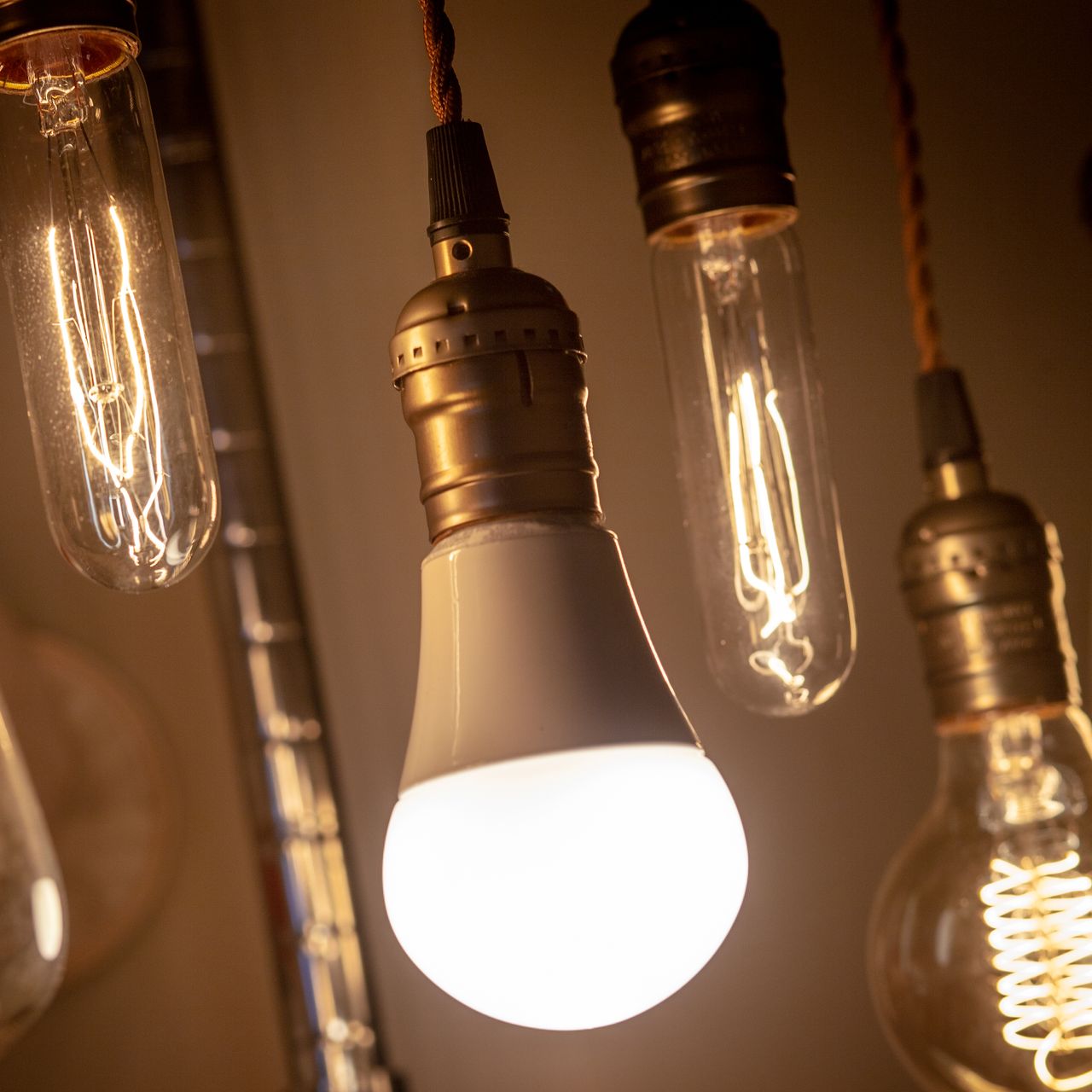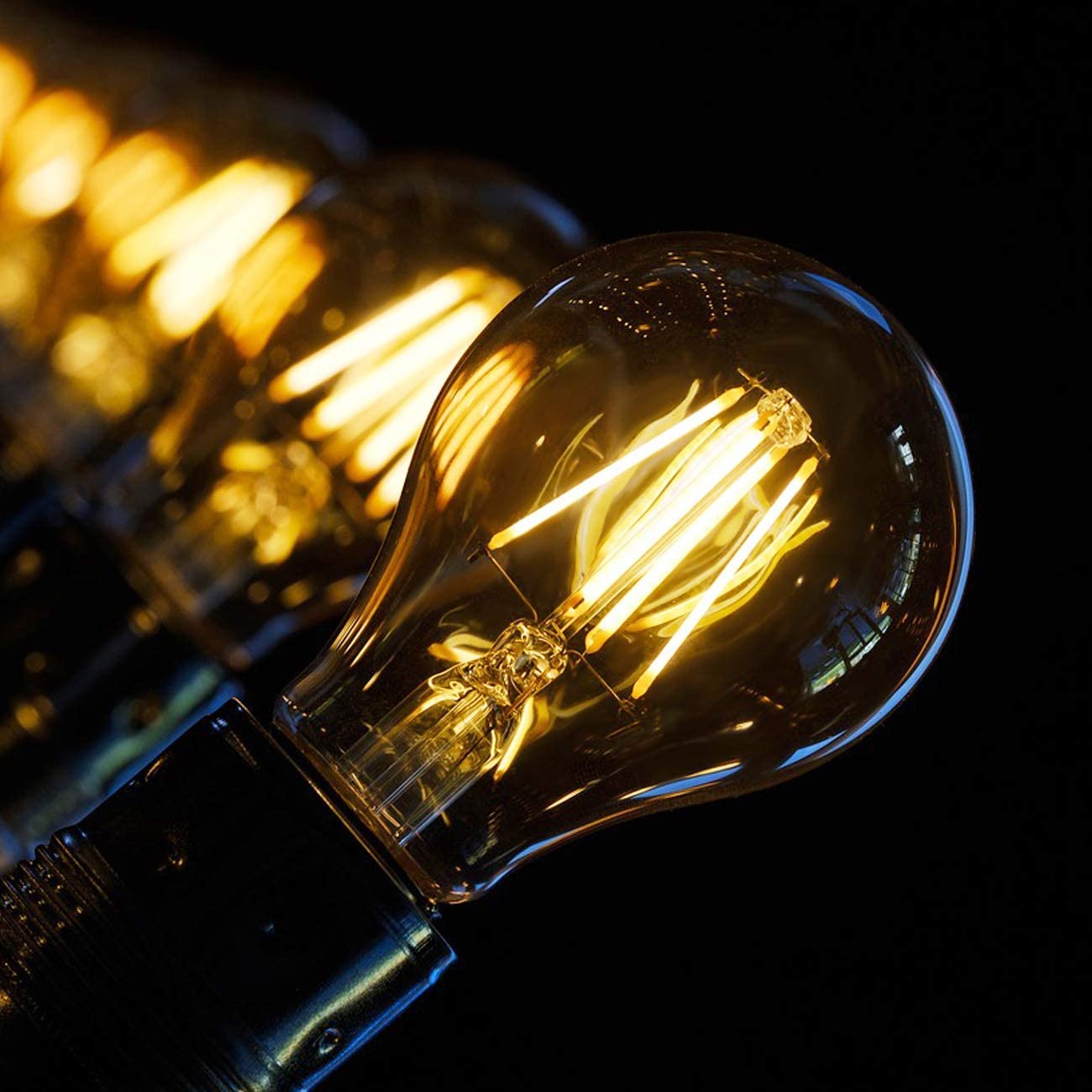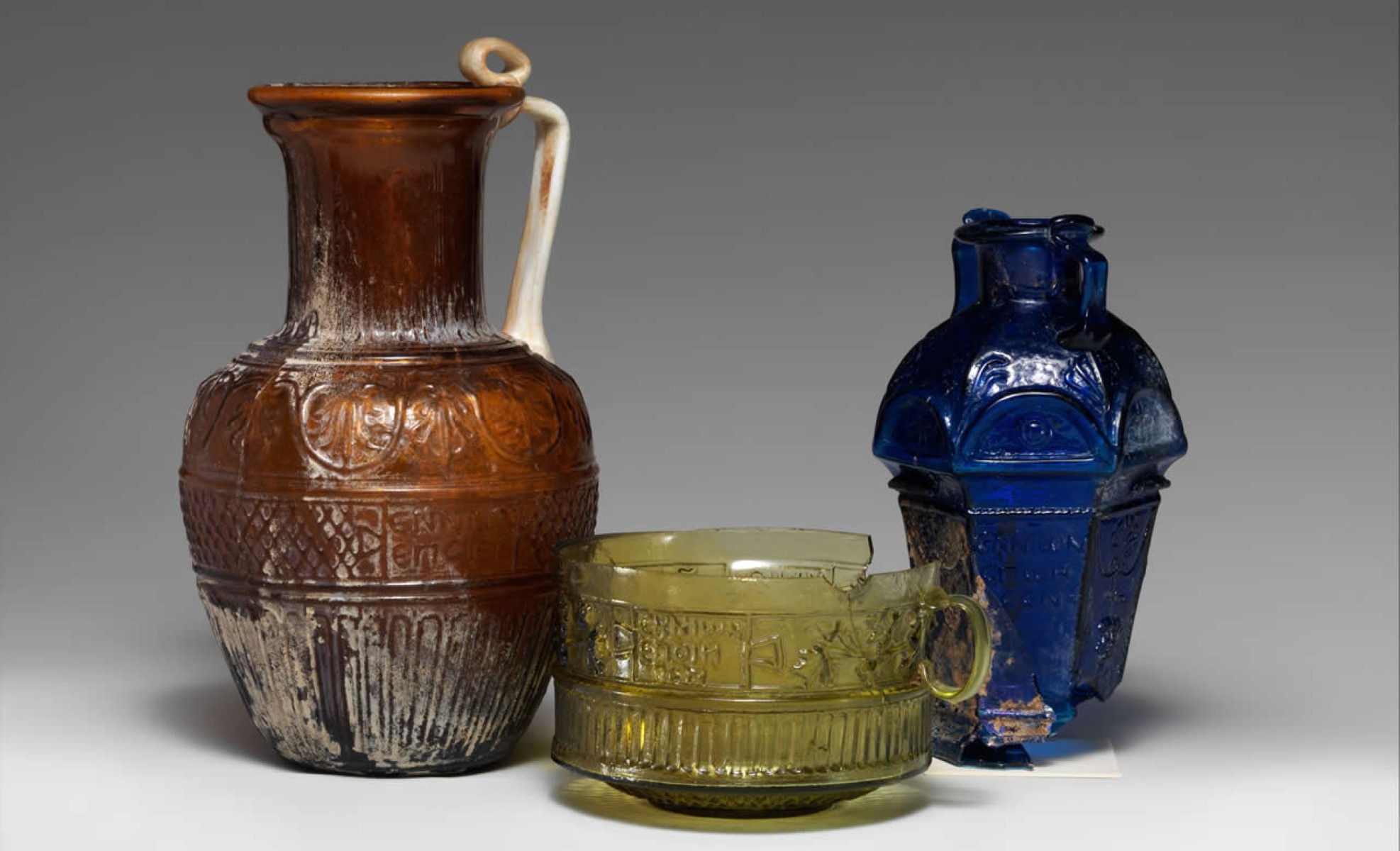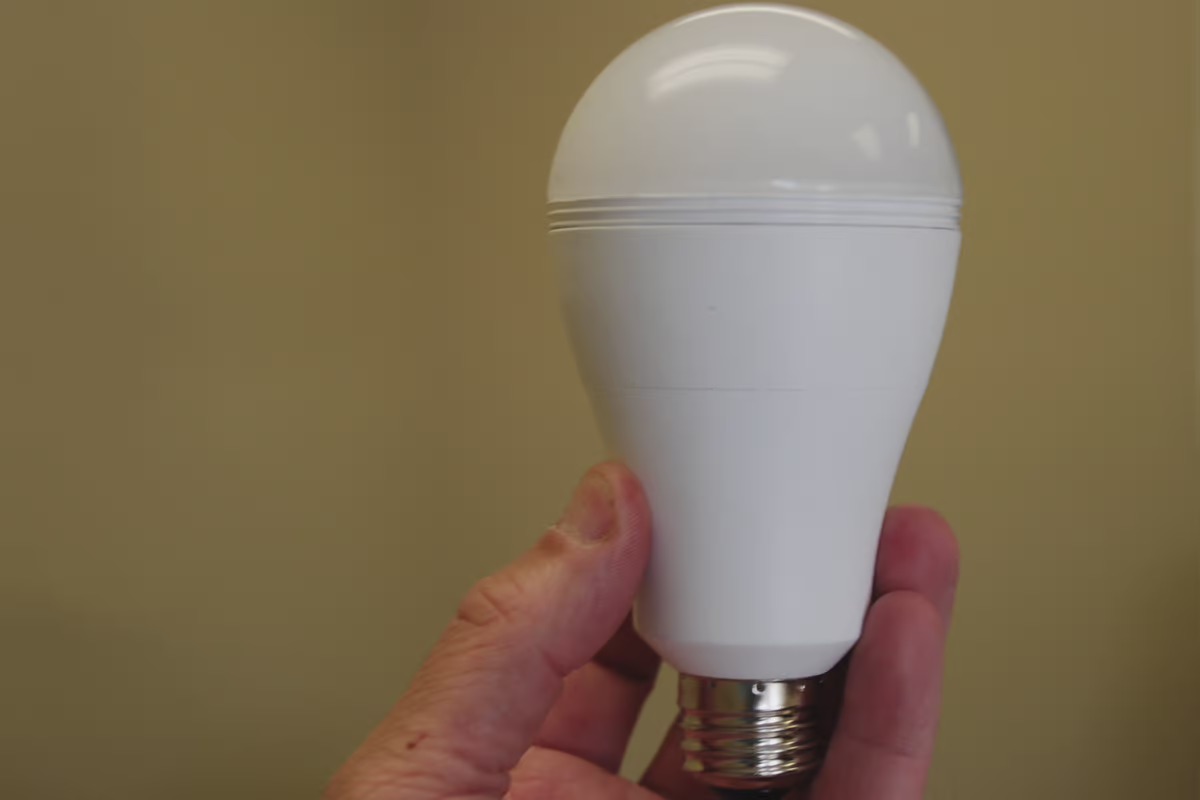

Articles
When Was The First Light Bulb Created
Modified: January 18, 2024
Discover the history of the light bulb and learn about its origins. Read articles on the creation of the first light bulb and its impact on society.
(Many of the links in this article redirect to a specific reviewed product. Your purchase of these products through affiliate links helps to generate commission for Storables.com, at no extra cost. Learn more)
Introduction
Lightbulbs have become an essential part of our daily lives, providing us with the ability to illuminate our surroundings at the flick of a switch. However, have you ever wondered about the history of the light bulb? When was it first created, and who were the inventors behind this revolutionary invention?
In this article, we will delve into the fascinating journey of the light bulb, exploring its early origins and the contributions of notable inventors. From the first glimmers of artificial lighting to the groundbreaking innovation that paved the way for modern illumination, we will uncover the story behind this transformative invention.
Join us as we embark on a historical journey filled with brilliant ideas and groundbreaking discoveries!
Key Takeaways:
- The invention of the incandescent light bulb by Thomas Edison revolutionized artificial lighting, paving the way for modern illumination and sparking a wave of innovation in the field of electric lighting.
- The controversy surrounding the first light bulb invention highlights the collaborative nature of scientific progress and serves as a testament to human curiosity and ingenuity in pushing the boundaries of what is possible.
Read more: Who Created The Light Bulb
Early History of Artificial Lighting
The quest for artificial lighting dates back thousands of years, as human civilizations sought ways to brighten their surroundings after the sun set. Before the invention of the light bulb, people relied on various methods to illuminate their homes and public spaces.
One of the earliest forms of artificial lighting was the use of fire. Our ancestors quickly realized that the flames from bonfires and torches provided much-needed light in the darkness. As time passed, other sources of light were discovered and utilized, including oil lamps, candles, and gas lamps.
In ancient civilizations, such as Mesopotamia and Egypt, oil lamps were commonly used. These lamps consisted of a vessel filled with oil and a wick that was lit to provide a steady flame. The Romans further improved upon this design by using metal or clay lamps with multiple wicks, allowing for brighter and more efficient illumination.
The Middle Ages saw the widespread use of candles, which were made by dipping a wick into melted wax or tallow. Candles provided a portable and relatively long-lasting source of light, but they were not without their limitations. They would often produce a dim and flickering light, and the wick needed to be trimmed regularly to prevent excessive smoking.
In the 19th century, gas lamps became a popular form of artificial lighting. These lamps used coal gas or natural gas as fuel, with the gas being ignited to produce a steady flame. They were widely used in urban areas, lighting up streets and public spaces.
While these methods of artificial lighting served their purpose, they were not without drawbacks. They were often inefficient, produced a considerable amount of heat, and had limited durability. The invention of the electric light bulb would change the course of history and revolutionize the way we illuminate the world.
The Invention of the Incandescent Light
The invention of the incandescent light marked a major milestone in the history of artificial lighting. It laid the foundation for the development of modern light bulbs and paved the way for the widespread adoption of electric lighting.
The concept of incandescent light, where a filament glows due to the heat generated by an electric current passing through it, had been explored by several inventors in the early 19th century. However, it was Sir Humphry Davy who made significant progress in this area.
In 1809, Sir Humphry Davy demonstrated his invention called the “arc lamp,” which consisted of two charcoal rods connected to a battery. When the rods were brought close together, an electrical arc was formed, producing a bright light. While this discovery was groundbreaking, the arc lamp was not practical for everyday lighting due to its high power consumption and the need for constant adjustment.
It was not until the late 19th century that Thomas Edison, an American inventor, took up the challenge of creating a practical and commercially viable incandescent light bulb. Edison experimented with various materials for the filament, searching for the one that would provide a long-lasting and efficient source of light.
After countless iterations, Edison found success with a carbonized bamboo filament. In 1879, he patented his improved incandescent lamp, which used a cotton thread coated with carbonized bamboo to produce light when an electric current passed through it. The bulb was enclosed in a vacuum or inert gas-filled glass bulb to prevent the filament from oxidizing and burning out.
Edison’s incandescent light bulb was a game-changer. It was much more efficient and durable compared to previous lighting methods. It provided a steady, controllable, and long-lasting source of light, transforming the way we illuminate our homes and workspaces.
The invention of the incandescent light bulb sparked a wave of innovation and development in the field of electric lighting. It laid the foundation for further advancements in light bulb technology, leading to the creation of different types of bulbs with varying energy efficiency and characteristics.
Despite the advancements in light bulb technology over the years, Edison’s incandescent light bulb remains a monumental invention that revolutionized the world of lighting. Its impact can still be felt today, as we continue to benefit from the convenience and brilliance of electric illumination.
The first practical incandescent light bulb was created by Thomas Edison in 1879. It marked a significant advancement in lighting technology and revolutionized the way we illuminate our world.
Thomas Edison’s Contribution to the Light Bulb
When discussing the history of the light bulb, it is impossible to ignore the significant contributions of Thomas Edison. Often referred to as the “Father of the Modern Electric Light,” Edison played a pivotal role in perfecting the incandescent light bulb and making it commercially viable.
Thomas Edison’s journey with the light bulb began in the late 1870s when he committed himself to finding a practical solution for electric lighting. He established his Menlo Park laboratory, known as the “Invention Factory,” where he assembled a team of skilled inventors and scientists to assist him in his ambitious endeavor.
Edison’s approach to inventing was meticulous and focused on systematic experimentation. He tested over six thousand different materials as potential filaments for the incandescent light bulb, including platinum, carbonized paper, and even human hair. Ultimately, he discovered that carbonized bamboo provided the ideal combination of durability and efficiency.
In addition to the filament, Edison encountered various challenges in creating a commercially viable light bulb. One of the significant obstacles was developing a practical method of creating a vacuum or filling the bulb with an inert gas to prevent the filament from burning out. Edison and his team experimented with numerous designs and materials, eventually settling on a carbon-filament bulb with a bamboo support structure and a vacuum-sealed glass bulb.
Edison’s relentless dedication to perfecting the incandescent light bulb paid off. In 1879, he successfully demonstrated a long-lasting and efficient electric light bulb to the public. This groundbreaking achievement captivated the world, capturing people’s imagination and signaling the beginning of a new era of illumination.
Edison’s contributions to the light bulb extended beyond the initial invention. He recognized the need for a complete electrical system to support widespread adoption and established the first central electric power station in New York City in 1882. This innovative system allowed for the distribution of electricity to multiple buildings, transforming the way communities were illuminated.
Throughout his career, Thomas Edison continued to improve upon his original design. He developed new filaments, including tungsten, that further increased the lifespan and efficiency of the light bulb. Edison’s advancements in light bulb technology earned him over a thousand patents and solidified his reputation as one of the most prolific inventors of all time.
Thomas Edison’s relentless pursuit of innovation and his unwavering dedication to perfecting the incandescent light bulb revolutionized the way we illuminate our world. His contributions laid the groundwork for the development of modern electric lighting and forever changed the course of history.
Controversy Over the First Light Bulb Invention
The invention of the light bulb has been a subject of controversy and debate, with multiple inventors claiming to be the first to create a practical and sustainable electric light source. While Thomas Edison is widely credited with the invention of the incandescent light bulb, there are other notable figures who made significant contributions in this field.
Sir Joseph Swan, a British physicist and chemist, is one such contender in the race to create the first practical light bulb. Swan began working on his incandescent lamp in the late 1850s, well before Edison’s endeavors. In 1878, Swan successfully demonstrated his carbon-filament incandescent lamp to the public, which he patented shortly after.
Edison and Swan eventually became aware of each other’s work and decided to join forces. In 1883, they formed a cooperative agreement known as the Edison and Swan Electric Light Company. Together, they worked on further advancements in electric lighting technology and the development of standardized equipment.
Despite their collaboration, tensions arose between Edison and Swan regarding the priority of the invention. Both inventors claimed to have independently conceived the idea of the incandescent light bulb, leading to legal disputes and public debates over who should be recognized as the true inventor.
To add another layer of complexity to the controversy, there were other inventors around the same time period who made significant advancements in electric lighting. William Sawyer and Albon Man are two such inventors who developed their own incandescent lamps before Edison and Swan. However, their designs were less efficient and practical compared to the breakthroughs made by the latter.
In the end, despite the disputes and controversies, it was clear that Thomas Edison’s incandescent light bulb had a more significant impact on society and paved the way for widespread electric lighting. His relentless pursuit of improving the technology, establishing the infrastructure for distribution, and securing numerous patents solidified his place in history as a key figure in the development of the light bulb.
It is worth noting that the controversy surrounding the invention of the light bulb highlights the nature of scientific and technological progress. Inventions are often the result of iterative improvements and collaborations, with multiple individuals contributing to the development of a particular concept or technology.
While the debate over who precisely invented the first practical light bulb continues, there is no denying the transformative effect this invention has had on society. Electric lighting revolutionized industries, communities, and our way of life, providing improved safety, productivity, and comfort.
The controversy surrounding the first light bulb invention serves as a reminder that innovation is rarely the work of a single individual, but rather a culmination of ideas, collaboration, and advancements over time.
Read more: Who Really Created The Light Bulb
Conclusion
The invention of the light bulb has had a profound impact on the world, transforming our lives and revolutionizing the way we illuminate our surroundings. From the early history of artificial lighting, using fire and oil lamps, to the groundbreaking development of the incandescent light bulb, the journey of this remarkable invention is filled with ingenuity, perseverance, and collaboration.
Thomas Edison’s contributions to the light bulb cannot be overstated. His relentless experimentation and determination to create a commercially viable incandescent light bulb led to the development of a long-lasting and efficient lighting solution. Edison’s inventions didn’t stop with the light bulb; he recognized the need for a complete electrical system, which laid the foundation for the widespread adoption of electricity.
However, Edison was not alone in his pursuit. Inventors such as Sir Joseph Swan, William Sawyer, and Albon Man also made significant contributions to electric lighting, creating a web of controversy and disputes over the title of the true inventor of the light bulb. These debates highlight the collaborative nature of scientific progress and underscore the overarching importance of innovation in society.
The controversy surrounding the first light bulb invention reminds us that great ideas often develop through a combination of individual brilliance, collaborative efforts, and incremental improvements. Furthermore, it serves as a testament to the human curiosity and ingenuity that drives us to push the boundaries of what is possible.
Today, we continue to witness advancements in lighting technology, with the emergence of energy-efficient LED bulbs, smart lighting systems, and sustainable lighting solutions. These innovations build upon the foundation laid by Thomas Edison and other pioneers, further expanding the possibilities of how we illuminate our world.
In conclusion, the history of the light bulb is a testament to our innate desire for progress and our ability to create solutions that enhance our quality of life. It is a reminder that innovation knows no boundaries and that the pursuit of knowledge and discovery is an endless journey.
As we bask in the brilliance of modern lighting, let us appreciate the groundbreaking inventions of the past and look forward to the future, where new advancements in lighting technology will continue to shape our world in ways we cannot yet imagine.
Frequently Asked Questions about When Was The First Light Bulb Created
Was this page helpful?
At Storables.com, we guarantee accurate and reliable information. Our content, validated by Expert Board Contributors, is crafted following stringent Editorial Policies. We're committed to providing you with well-researched, expert-backed insights for all your informational needs.















0 thoughts on “When Was The First Light Bulb Created”